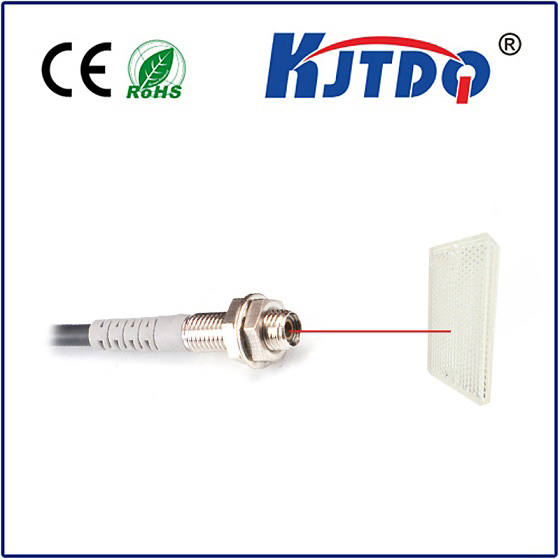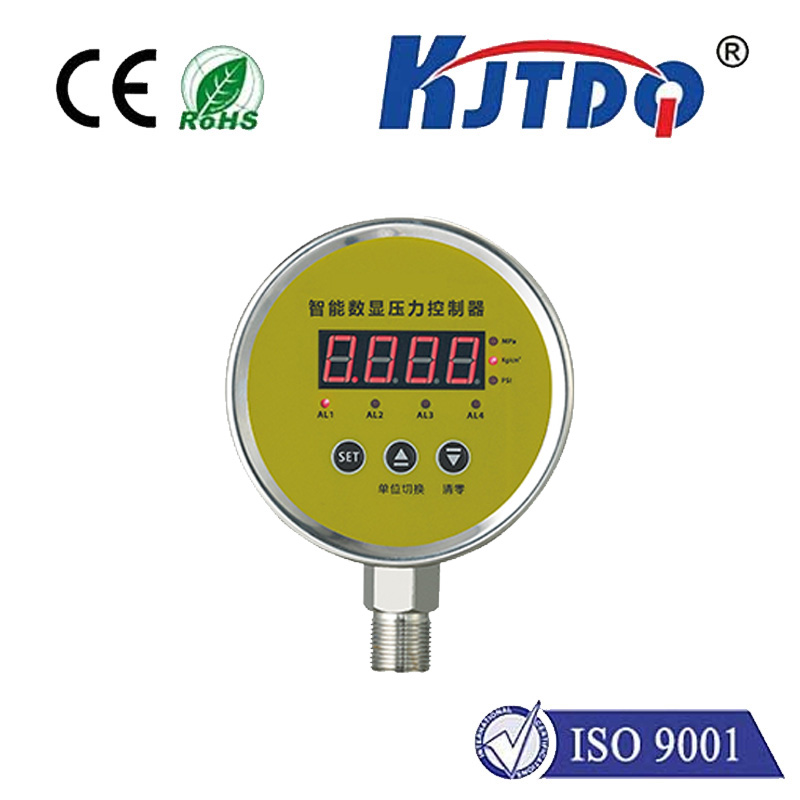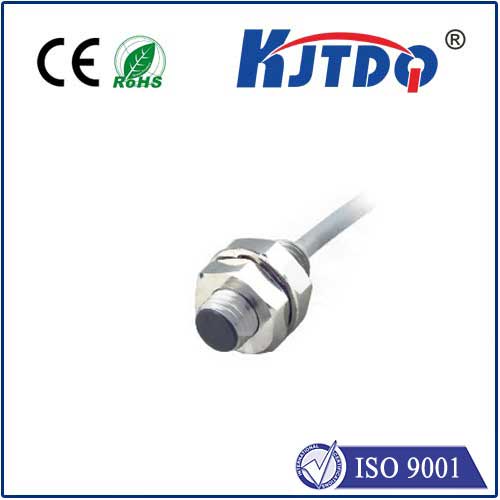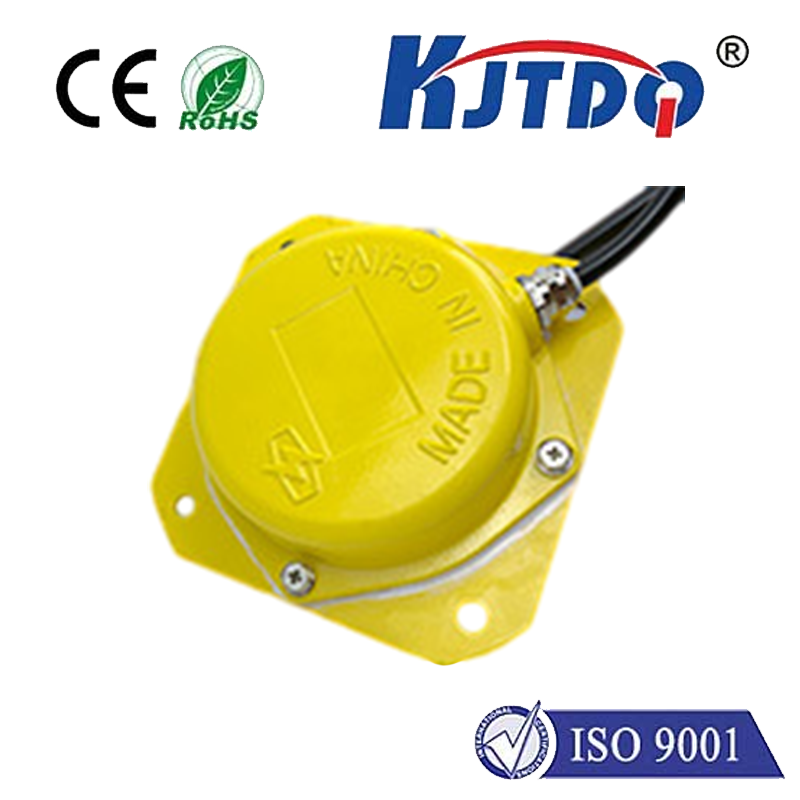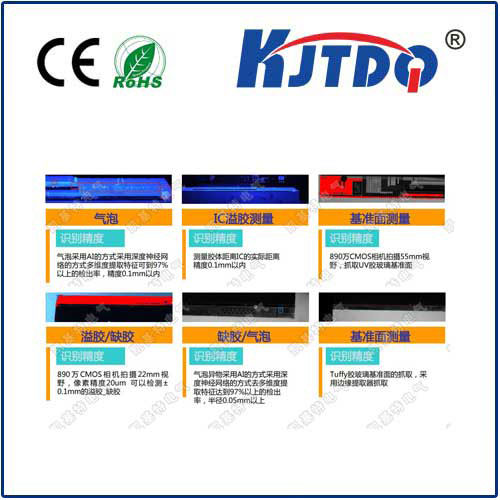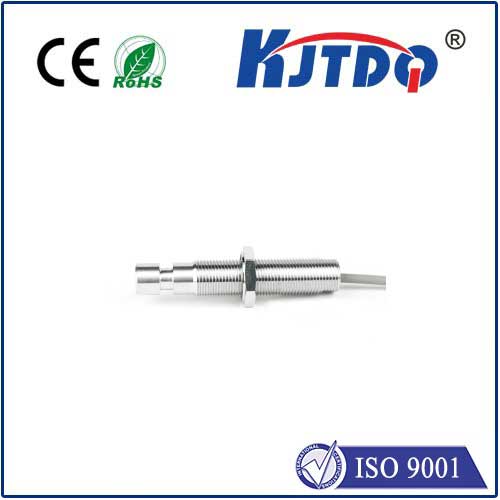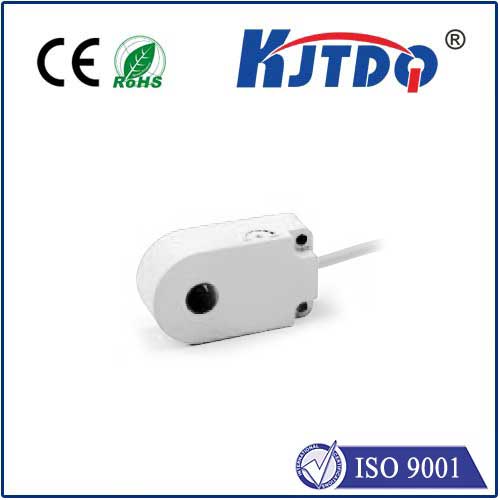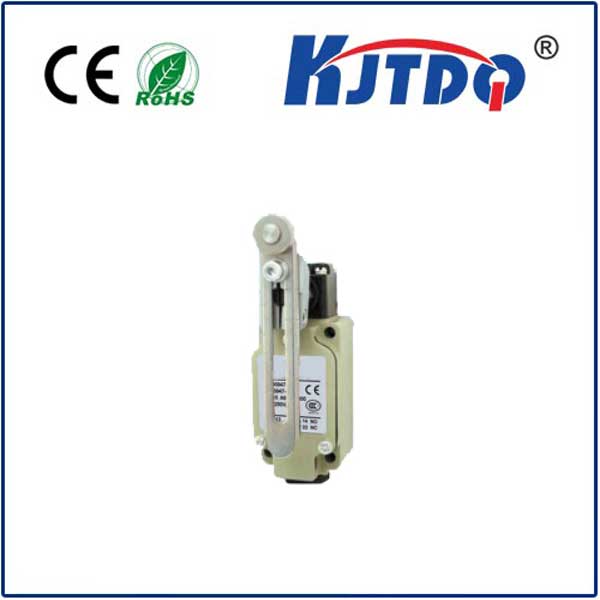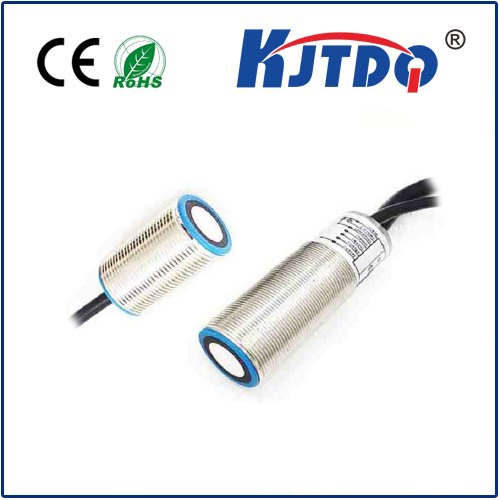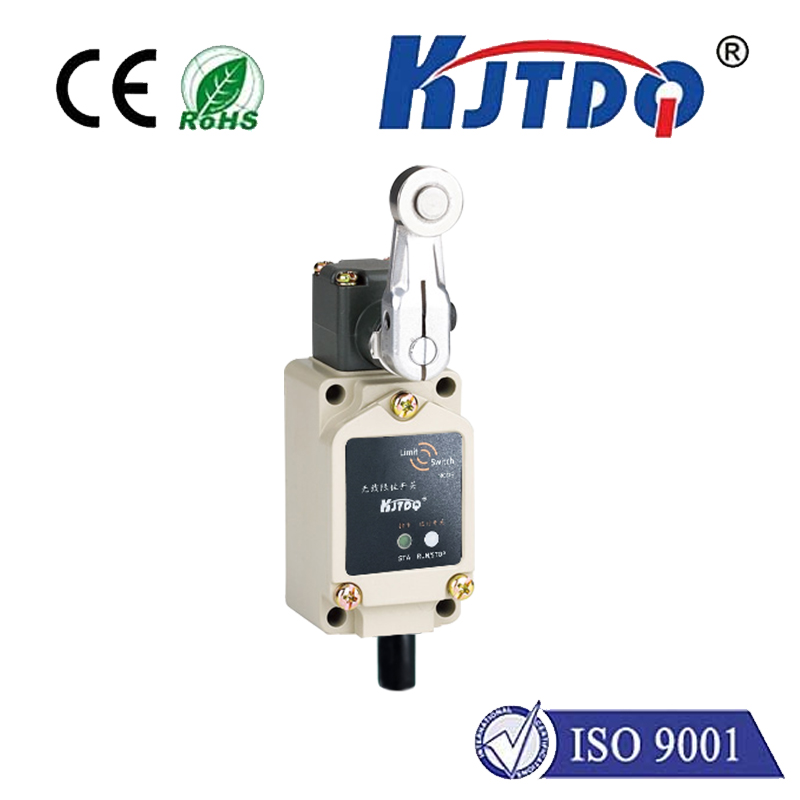
check

check

check

check
Introduction:
In recent years, capacitive proximity sensors have emerged as a game-changing technology in various industries. These sensors use electricity to measure the distance between two objects and can detect even the slightest changes in capacitance. From smartphones to home automation systems, capacitive proximity sensors are becoming increasingly popular due to their ability to provide accurate and reliable data. In this article, we will explore the basics of capacitive proximity sensors, their applications, and the future of this technology.
Section 1: What are Capacitive Proximity Sensors?
Capacitive proximity sensors work by measuring the difference in capacitance between two objects. When a capacitive sensor is brought into close proximity to another object, it generates an electrical signal that is proportional to the change in capacitance. This signal can then be analyzed to determine the distance between the two objects. One of the advantages of capacitive proximity sensors is that they do not emit any electromagnetic radiation, making them safe for use in sensitive environments such as healthcare facilities.
Section 2: Applications of Capacitive Proximity Sensors
There are numerous applications for capacitive proximity sensors, including:
1. Smart Home Automation: Capacitive proximity sensors can be used to control various devices in a smart home, such as lights, thermostats, and security systems. By using a smartphone app, users can easily adjust these devices from anywhere.
2. Medical Devices: Capacitive proximity sensors can be used in medical devices such as pacemakers and insulin pumps. These sensors can detect when the device needs to be adjusted or replaced, potentially saving lives.
3. Industrial Automation: Capacitive proximity sensors can be used in industrial processes to monitor the status of machinery and identify potential problems before they become major issues.
4. Transportation: Capacitive proximity sensors can be used in self-driving cars to detect objects on the road and avoid collisions.
5. Consumer Electronics: Capacitive proximity sensors are widely used in consumer electronics such as smartphones, tablets, and laptops to detect gestures and input from touch screens.
Section 3: Future of Capacitive Proximity Sensors
As capacitive proximity sensors continue to evolve, they are likely to become even more sophisticated and versatile. Some potential advancements include:
1. Greater Accuracy: Current capacitive proximity sensors have some limitations when it comes to accuracy. However, new technologies are being developed that promise greater accuracy and reliability.
2. Longer Battery Life: Many capacitive proximity sensors rely on batteries for power, which can be a limiting factor in some applications. Researchers are working on developing sensors with longer battery lives that can last for days or even weeks without needing to be recharged.
3. Smaller Size: As capacitive proximity sensors become more advanced, they may also become smaller and more compact. This could make them easier to incorporate into a wider range of devices and applications.
